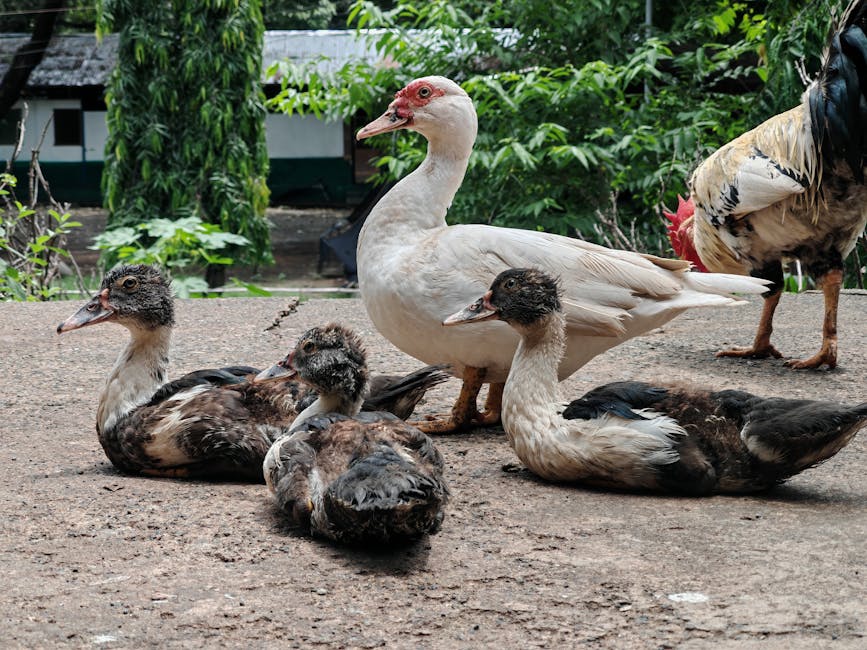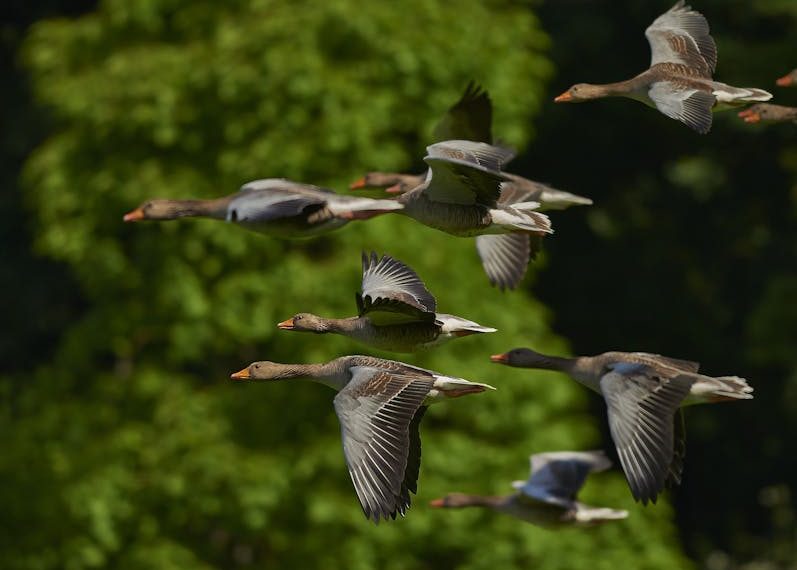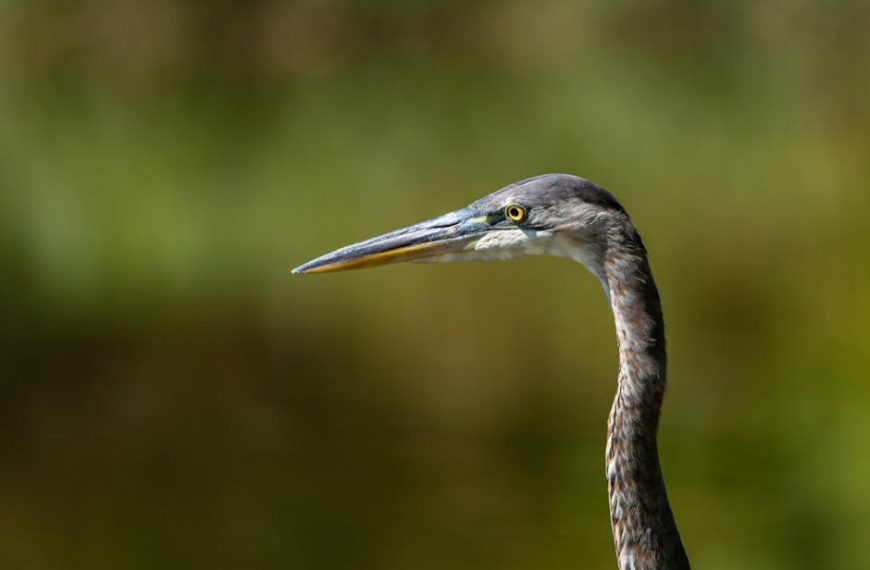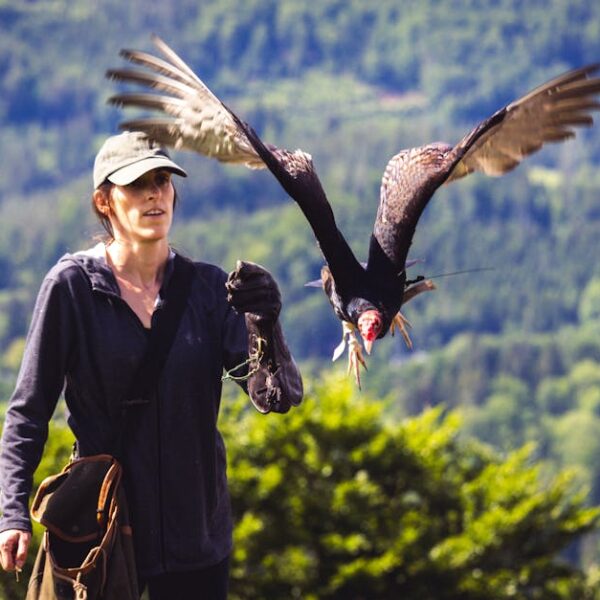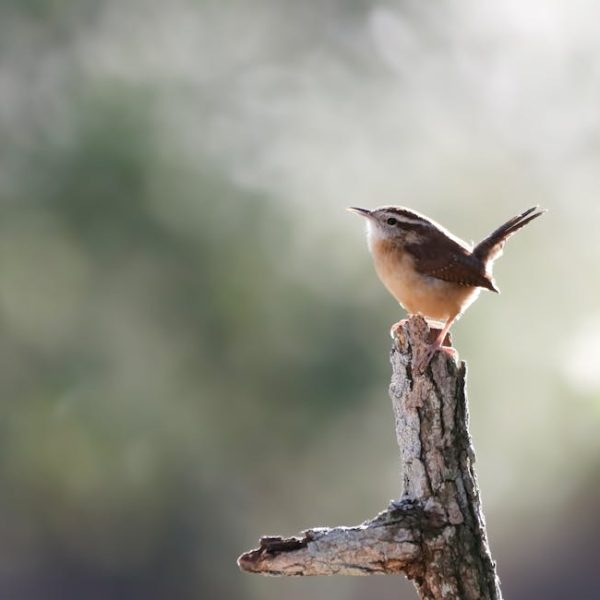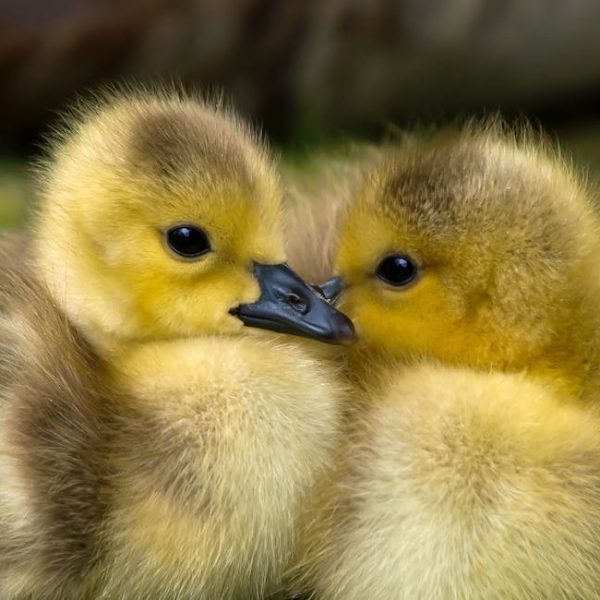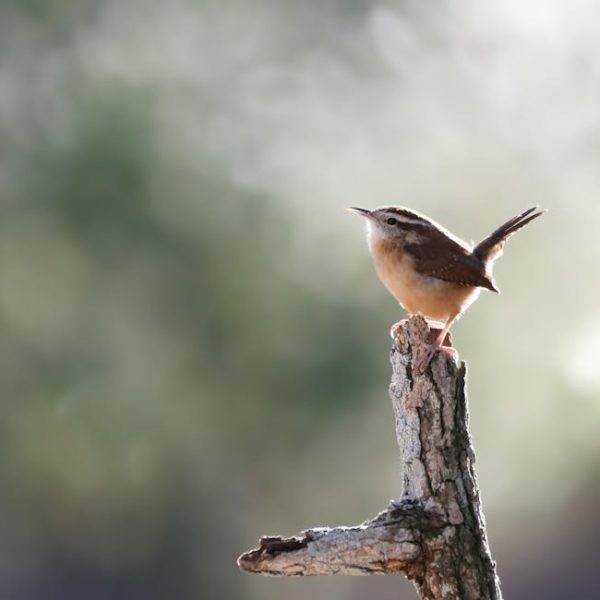When it comes to keeping your barns free from unwanted bird visitors, it takes more than a simple scarecrow in the middle of the yard. Birds find barns attractive due to the abundant food sources, secure and cozy nesting spots, and shelter from harsh weather conditions. However, as fascinating as it can be to observe these feathered fellows, their presence can often result in certain undesirable consequences. From health hazards caused by their droppings to potential damage to your property, the implications will be explored in this article.
Understanding Why Birds Nest in Barns
Birds find barns a charming residence due to several reasons:
- Easy access to food: With barns often storing grain and livestock feed, it’s like an open buffet for birds.
- Ample nesting sites: The high rafters and ledges present in barns make them an ideal spot for birds to build their nests.
- Protection from elements: Barns provide shelter from the harsh elements, predators, and human disturbances.
However, this bird residency doesn’t come without its set of hazards. The birds can eat livestock feed leading to significant financial loss. Their droppings can tarnish equipment and cause respiratory problems in people and livestock. They can also carry diseases which pose a risk to livestock and human health. In the grand scheme, the drawbacks tend to outweigh the minimal benefits of having birds in your barn, such as natural pest control.
Non-harmful Bird-deterrent Techniques and their Effectiveness
To keep birds at bay without harming them involves several tried and tested strategies:
- Visual Decoys: Birds are wary of their predators and they also do not like shiny objects. Owl decoys and reflective materials can make them feel unsafe and deter them from nesting.
- Audio devices: Birds are highly sensitive to noise. Devices emitting distress calls, predator sounds, and banging noises can successfully scare off the birds.
- Scents: Birds dislike the smell of certain essential oils like peppermint and lemongrass.
- Netting: Installing nets prevent the birds from entering the barn and claiming a spot for nesting.
Pro tip: The implementation often lies in strategic positioning and consistent usage. For example, move decoys frequently to avoid birds getting acclimatized to them and clean out old nests to discourage return nesting.
Next, we shall look at choosing the right bird-proofing materials, the importance of regular inspection and maintenance, and also understand relevant legislation and ethical considerations in deterring birds. These aspects will help you in making an informed decision and carry out effective measures to keep the birds from transforming your barns into their cozy homes.
Choosing the Appropriate Bird-proofing Material
Investing in bird-proofing materials can substantially help in deterring birds from your barn. Here are some popular choices:
- Netting: Heavy-duty bird netting can physically block birds from entering the barn.
- Spikes: Installing bird spikes on the rafters can discourage birds from roosting.
- Sprays and Gels: They create a surface that birds find unsuitable for landing.
Best practices when choosing bird-proofing materials involve considering the type and number of birds, the structure of your barn, and the budget. While installing, ensure you cover all potential nesting spots without obstructing your barn’s functionality.
| Material | Pros | Cons |
|---|---|---|
| Netting | Provides complete coverage, durable | Challenging to install, potential trap for small mammals |
| Spikes | Effective, easy to install | Potential injury risk, not always visually appealing |
| Sprays/Gels | Easy to apply, affordable | Need regular application, might affect non-target species |
Regular Inspection and Maintenance
Regular inspection and maintenance of your barn are essential to keep the birds at bay. This involves:
- Checking for and removing any nests.
- Monitoring, cleaning, and replenishing bird-deterrent devices.
- Regularly cleaning your barn to remove bird droppings and feathers.
Pro tip: A clean and well-maintained barn not only discourages birds from nesting but also maintains a healthier environment for your livestock.
Remember to document your inspections and any actions taken, this helps identify recurring problems and adjust your bird-deterrent strategies accordingly.
Legislation and Ethical Considerations
When dealing with unwanted birds in your barns, it’s important to adhere to current legislation and consider ethical concerns. You must ensure that your deterrence efforts don’t involve harming the birds or violating any wildlife protection laws. Some locations may also require permits for certain types of bird deterrence. Always consult local wildlife or conservation authorities for up-to-date legal information and best practices.
Best practices for managing bird nuisances involve non-lethal methods, ethical considerations, and providing alternative habitats if possible. And always remember, even if birds can cause problems, they also contribute to a balanced ecosystem.
The following sources can help you understand more about legal and ethical considerations:
- Your local wildlife agency’s website
- Conservation organizations
- Local universities or agricultural extension services
With these insights into keeping barns bird-free, you’re well on your way to creating a healthy and productive environment for your barn while respecting the feathered fauna of nature!
Key Takeaway:
- Birds often nest in barns due to easy access to food, ample nesting sites, and protection from harsh environmental conditions.
- The presence of birds in barns, while offering some benefits such as natural pest control, often results in significant drawbacks, including potential health hazards and property damage.
- Use of non-harmful deterrent techniques, including visual decoys, audio devices, certain scents, and netting, can help prevent birds from settling in your barns.
- Utilizing effective bird-proofing materials like netting, spikes, and anti-roost sprays or gels can be beneficial for bird-deterrence.
- Regular inspection and maintenance of the barn will help minimize the chance of bird infestation.
- Always stay informed about legislation and ethical concerns when dealing with bird nuisances.
Maintaining a bird-free barn does not need to be an arduous task. By understanding their habits, using appropriate deterrent methods, and keeping up with regular inspections and maintenance, you can effectively keep your barn bird-free. Remember, the goal is a harmonious co-existence with our feathered friends, not their eradication. So, taking care of your barn in an ethical and legal manner is paramount.
FAQs
Q: What types of diseases can birds carry that might affect my livestock?
A: Some birds can carry diseases like avian influenza, salmonella, and psittacosis, which can pose health risks to your livestock.
Q: Are there certain bird species that are more likely to nest in barns?
A: Yes, pigeons, sparrows, and starlings are common types of birds that are known to find barns attractive for nesting.
Q: How often should I perform inspections and maintenance of my barn to prevent birds?
A: Regular inspections and maintenance should be carried out at least once a week. This should be increased during seasons when birds are more likely to nest.
Q: What should I do if non-harmful deterrent methods are not working?
A: Consult with a professional pest control or wildlife management service. They can assess your situation and potentially offer more intensive bird control solutions.
Q: Can I request my local wildlife agency to remove the birds from my barn?
A: It usually depends on the agency and the bird species in question. In some cases, you may need special permits or have specific legal and ethical considerations to adhere to.
Remember to share this article and visit our website for more useful tips and information about managing your barns effectively!
